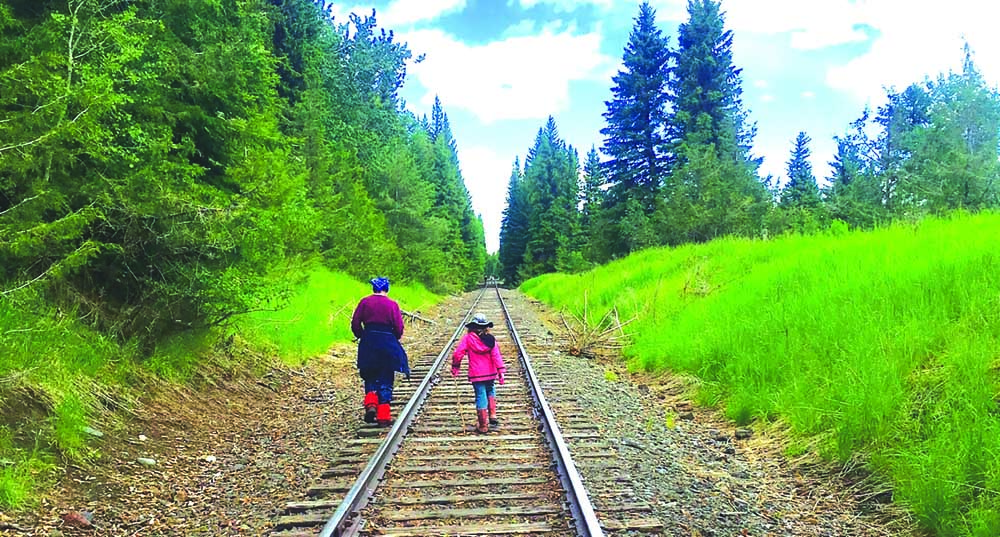‘Deervid’ not a concern for Oregon, officials say
Published 5:00 pm Friday, February 25, 2022

- White-tailed deer make their way across a field near Hunter Road in Summerville on Monday, Jan. 17, 2022. {div id=”highlighter--hover-tools” style=”display: none;”} {/div}
LA GRANDE — The presence of COVID-19 among the white-tailed deer population in Oregon isn’t known, according to officials with the Oregon Department of Fish and Wildlife, and it’s unlikely to be a concern.
Reports of infections running rampant in the Midwest’s white-tailed deer population spurred numerous news outlets to pen articles extolling the dangers of a COVID-19 reservoir in the wildlife population. The presence of COVID-19 in deer has been detected in 15 states, including Iowa, Michigan, Illinois and New York, according to the U.S. Department of Agriculture.
Oregon officials aren’t too concerned however, and said the probability of infection among the hoofed ruminant population was low, and lower still was the chance the deer could reinfect humans.
“It’s a low probability,” said Colin Gillin, state wildlife veterinarian for the ODFW. “It’s not been shown that it’s a threat to Oregonians.”
Gillin said that due to the relatively low population of white-tailed deer in Oregon, as well as the lack of petting zoos, research facilities or farms meant that human-to-deer contact is remote.
In fact, most interactions between Oregonians and white-tailed deer generally involve firearms.
If there’s a concern among hunters, Gillin said, proper sanitation, vaccinations and mask-wearing can mitigate the risk of exposure of COVID-19 to the wildlife population in Oregon, and to hunters.
The veterinarian also noted that in the case of a disease such as COVID-19, that the virus would change due to absorbing DNA from the host.
“When a virus goes into a new host or a new species, it takes on some of the genetic material of that species or host and it changes the virus a bit,” Gillin said.
Gillin also said that there’s “not a lot of evidence at this point that it easily goes into other species of deer like blacktail deer, mule deer or elk.”
“It may,” he said, “but so far there’s been no evidence that it causes disease in the deer, and there’s no documented evidence that it comes back out of the deer, so it’s acting like a zoonotic disease.”
Deer aren’t the only animals to have been known to suffer COVID-19 infections. Early in the pandemic, mink farms suffered tremendous losses as farms across the world culled their minks due to the virus running rampant. Denmark culled nearly 17 million minks in November, 2020, after it was found the virus had been transmitted from minks, mutated and was transmitted back to the human handlers, according to reports from NBC News.
But whether or not the virus will be seen in Oregon’s deer population remains a mystery. Officials with the ODFW aren’t actively testing or researching the virus in Oregon herds. But it’s also unlikely infected deer from the Midwest would end up in Eastern Oregon, given that the longest recorded migration path of a white-tailed deer is less than 400 miles.
Still, Gillin said the state is keeping close watch on any new developments regarding COVID-19 in the wildlife population.
“There’s quite a few really good researchers out there working on this in the Midwest. They’re putting a lot of resources into it and we’re in contact with those individuals,” Gillin said. “We have our ear to ground on the topic, but we’re not engaged in active research in Oregon because of the low risk.”









